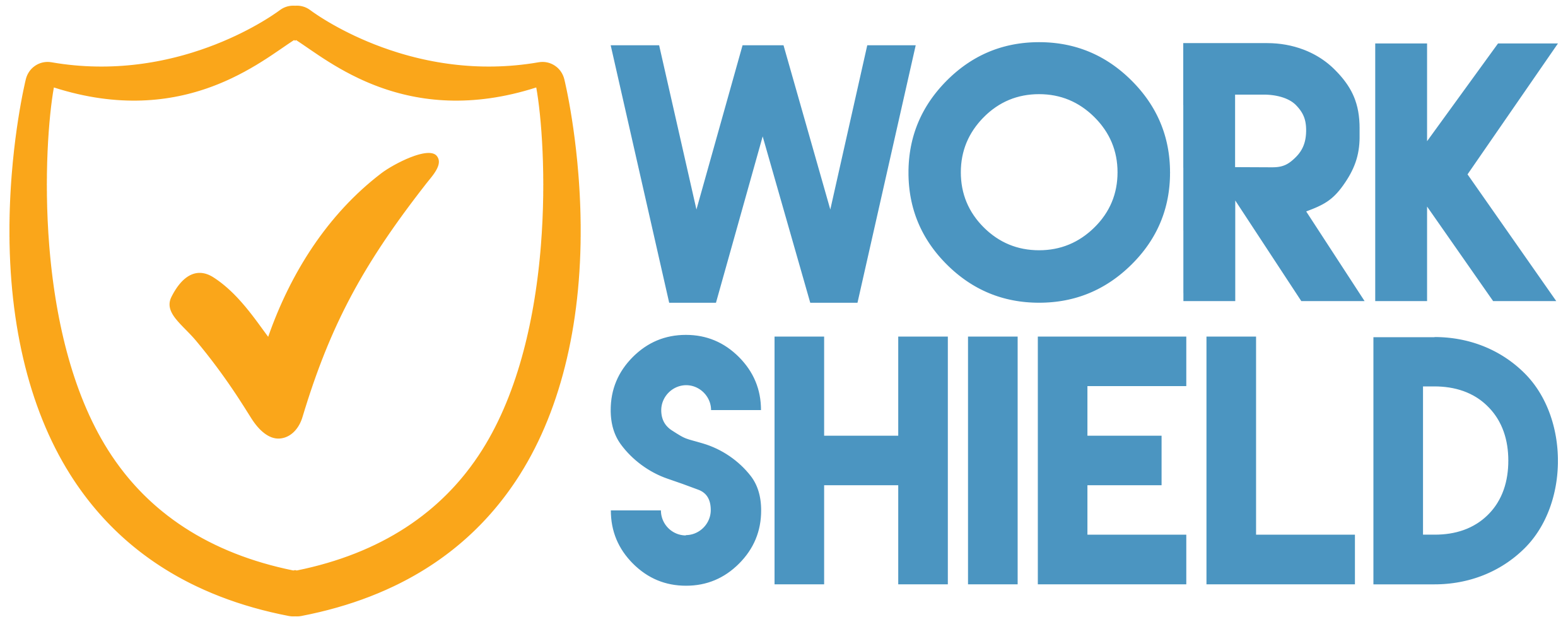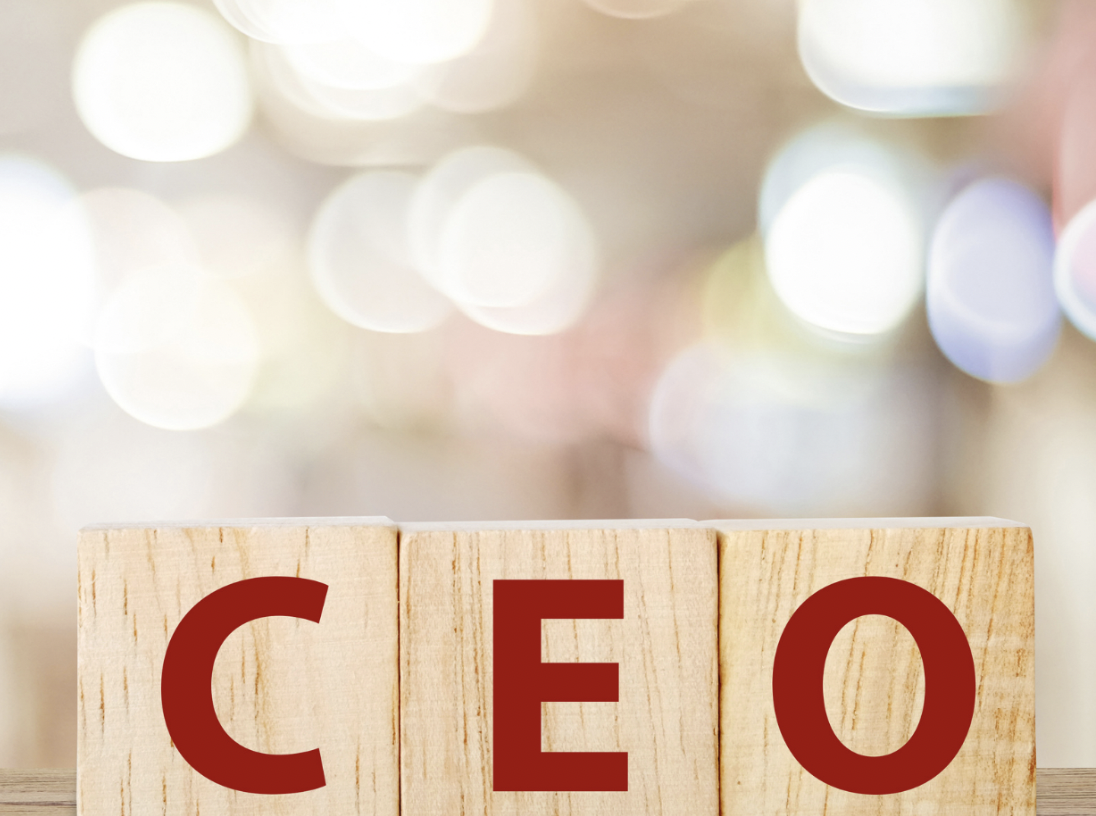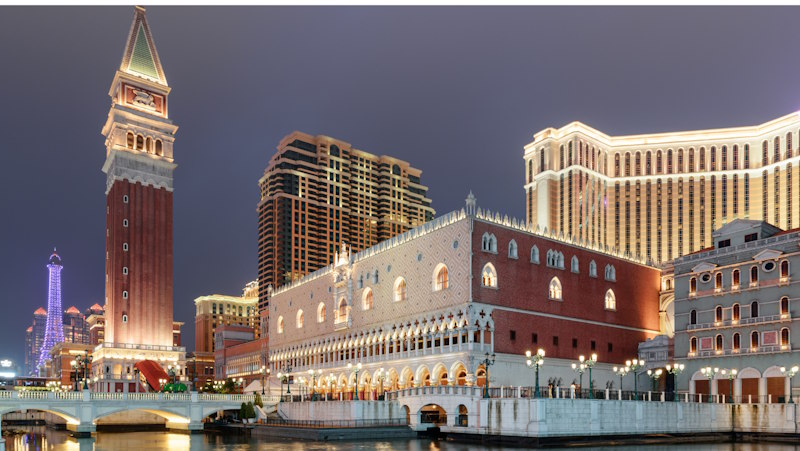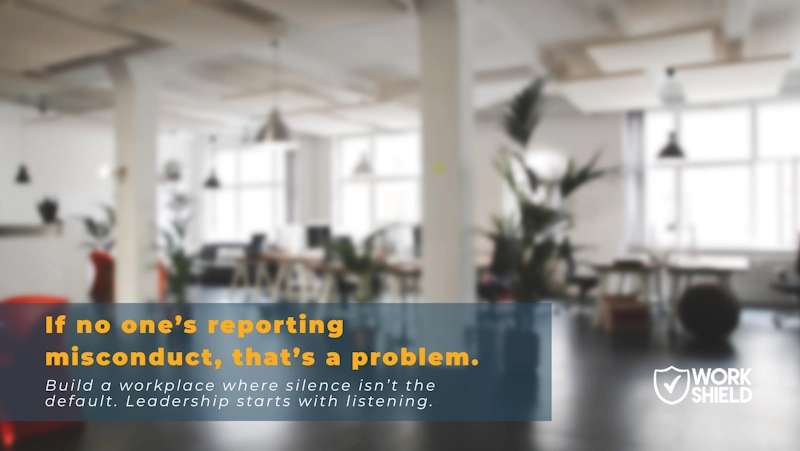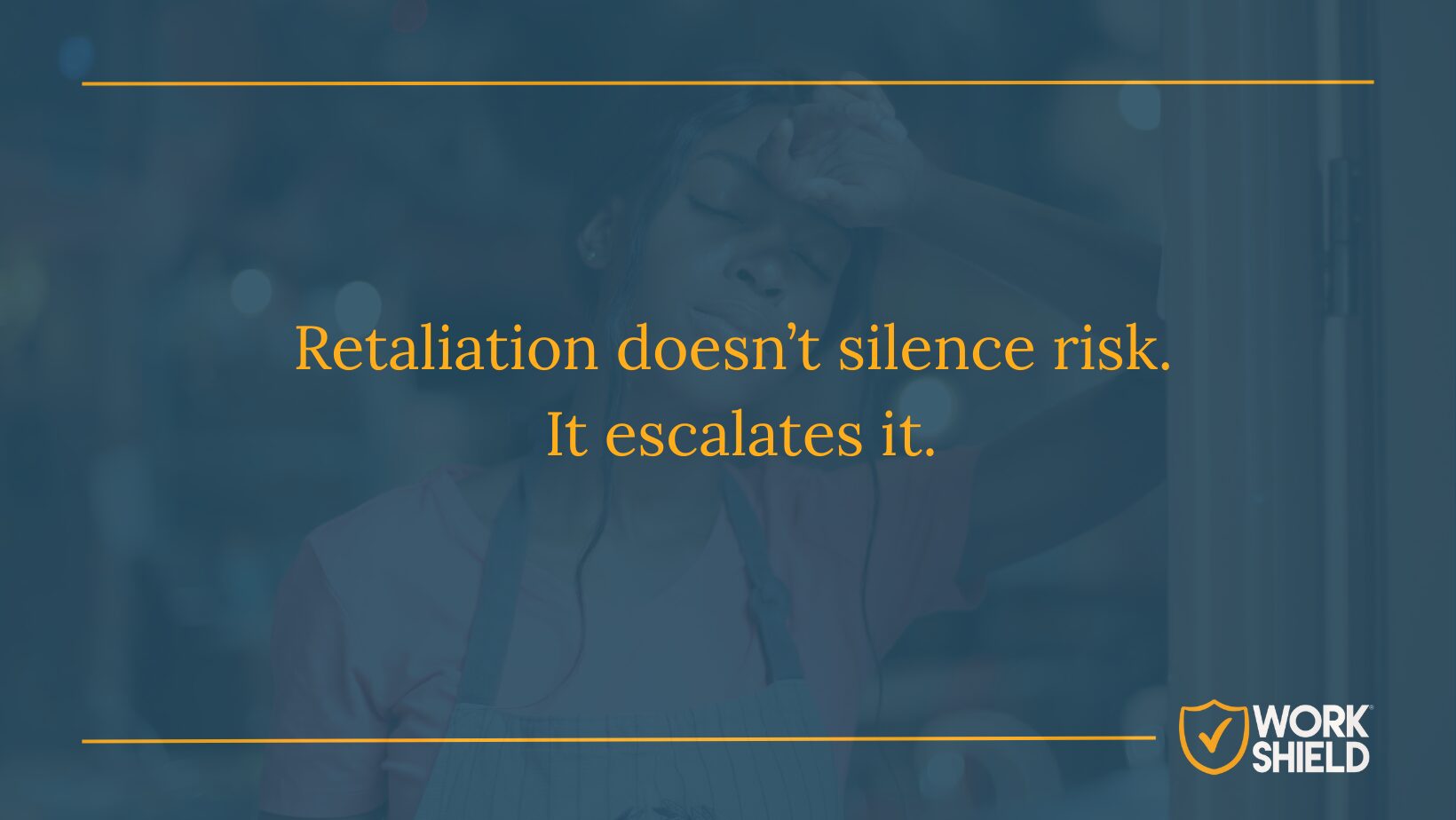Every employee’s contribution makes a difference, but the chief executive officer of an organization has the most direct impact on everything from employee engagement to business outcomes. It’s true that everything starts at the top, and leadership sets the tone for a positive workplace culture. While leaders have the power to create a healthy environment, they also have the ability to negatively affect the workplace. In fact, research shows that 52% of employees who quit their job said that their manager could have done something to prevent them from leaving. As the Great Resignation continues, it’s important for CEOs to start cultivating powerful workplace cultures from the top.
Work Shield’s impartial misconduct solution provides an unparalleled visibility for CEOs while offering peace of mind that every incident will be resolved efficiently by certified legal professionals. Additionally, when organizations partner with Work Shield, they’re able to create a culture of trust and transparency, which three out of four employees say is important.
Our Founder and CEO Jared Pope is no stranger to how Work Shield is the solution for CEOs, and he shared invaluable insight into the benefits of a partnership with the only comprehensive misconduct solution.
How does Work Shield help CEOs improve visibility within their organization?
CEOs are viewed by their peers, employees and partners as the standard bearer of an organization. They are leaders who care about each person working collaboratively to move the organization forward. Work Shield allows a CEO to foster a safe workspace that allows employees to be heard and engenders trust, where employees know that every reported incident will have a clear path to resolution. Employees want to be heard and know they will not be retaliated against for speaking up.
How does partnering with Work Shield strengthen workplace culture?
It’s simple, really. Work Shield addresses workplace toxicity head-on. Should toxicity, which comes in many forms, rear its ugly head with a Work Shield-Certified Employer, their employees know they have a voice that will be heard and a clear path to resolution. What’s been gratifying to witness is that many employees have turned into “upstanders” by reporting misconduct on behalf of another employee as opposed to being a passive bystander. Work Shield addresses toxicity and misconduct so that on organization’s DE&I initiatives can thrive.
How does Work Shield’s solution uphold an organization’s reputation?
63% of an employer’s market value is based on an employer’s reputation. Yet, when misconduct or workplace harassment or discrimination occurs and falls in the media spotlight or gains attention elsewhere through word of mouth, the reputational impact on an employer can be devastating.
When this takes place, everyone looks to the CEO, wondering how such an incident could have occurred under her or his watch. This outcome is preventable. Almost every EEOC suit or charge and any employment litigation or settlement related to a misconduct incident unfolds in the following manner:
– Employee reported the incident to the manager, supervisor or HR.
– After a week or so, nothing has been accomplished, or the employee decides to call an anonymous hotline, which sends the issue back to the employer to investigate.
– HR, legal or the managers/supervisors get busy with their day-to-day responsibilities and cannot focus on the investigation or resolution.
– After more time has passed, the investigation is either at a stand-still or only starting to take place, all while the employee is feeling anxious or resentful.
– After waiting and waiting for their employer to respond, the employee is frustrated and decides to file an EEOC charge or lawsuit/demand letter and possibly airs their grievances on social media platforms.
The unfortunate scenario above is preventable with Work Shield. Our team investigates employees’ harassment and discrimination incidents, within about five business days. It’s time that employees are truly heard and know that their employers care about their well being and psychological safety. As a result, organizations’ reputations and cultures are protected.
